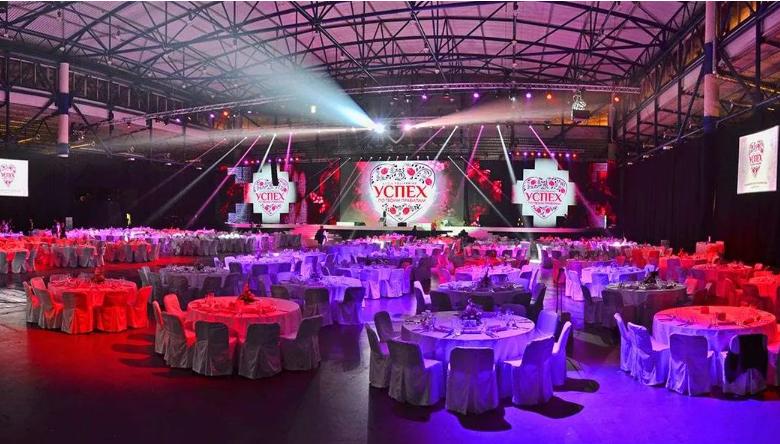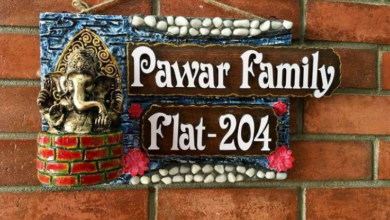How to Plan a Corporate Event That Impresses

Corporate events play a vital role in strengthening internal culture, showcasing innovation, and impressing clients. Whether it’s a product launch, annual celebration, team-building retreat, or executive summit, planning a successful corporate event requires more than just booking a venue and calling a caterer. The details matter — from lighting and staging to attendee experience and logistics. That’s why many companies turn to trusted partners like Thunder Light GmbH to ensure every element of the event runs smoothly and professionally.
Step 1: Define the Purpose and Goals
Before any planning begins, clarify the purpose of the event. This will guide every decision that follows — from venue choice to entertainment and technological requirements.
Some common objectives include:
- Celebrating a milestone (e.g., anniversaries, revenue goals)
- Launching a new product or service
- Building team morale
- Engaging with clients and stakeholders
- Offering networking opportunities
Once the purpose is clear, set specific and measurable goals. For example:
- Increase client engagement by 30%
- Attract 200+ attendees
- Gather 50 new business leads
- Secure press coverage
These goals will serve as your blueprint throughout the planning process.
See also: Understanding Human-Machine Interfaces (HMI): Bridging the Gap Between People and Technology
Step 2: Choose the Right Venue
Location can make or break your event. When selecting a venue, consider the following:
- Capacity: Can it comfortably host your expected number of attendees?
- Accessibility: Is it convenient for guests, especially VIPs or international visitors?
- Technology: Does it support your event production needs — lighting, audio-visuals, networking, etc.?
- Ambience: Does the environment match the tone of your event — professional, relaxed, festive?
In Switzerland, options range from high-end hotel ballrooms to modern conference halls to open-air mountain-view resorts. Match your venue to your brand image and audience expectations.
Step 3: Create a Timeline and Budget
Develop a realistic planning timeline. For small internal events, you might need 1–2 months. For large corporate events with hundreds of guests and complex technical needs, start planning 6–12 months in advance.
Simultaneously, map out a detailed budget, including:
- Venue rental
- Catering and beverages
- Lighting and audio-visual equipment
- Event staffing
- Entertainment or speakers
- Transportation and accommodation (if needed)
- Marketing and invitations
- Photography and videography
- Contingency fund (10–20%)
A clear budget helps you prioritize and avoid overspending later.
Step 4: Invest in Professional Event Technology
No matter the size of your event, technology elevates the experience. High-quality lighting, sound, staging, and visual displays leave a strong impression.
A professional event technology partner can help with:
- Custom lighting designs that highlight speakers or products
- Staging and rigging to support live music, performances, or presentations
- Audio-visual coordination for smooth transitions, videos, and microphones
- Event control systems for managing timing, ambiance, and interactivity
Partnering with specialists like Thunder Light GmbH, who provide event technology services in Switzerland, ensures flawless technical execution — a key element in professional corporate events.
Step 5: Build the Experience Around Your Audience
A memorable event connects emotionally with the attendees. Consider these audience-centered details:
- Personalization: Name tags, custom welcome kits, or personalized digital check-ins.
- Engagement: Live polls, Q&A sessions, and interactive booths.
- Food and Beverage: Tailor menus to dietary preferences; offer quality over quantity.
- Comfort: Offer seating options, relaxation areas, charging stations.
- Pacing: Alternate high-energy segments with breaks for networking or refreshments.
These elements show attendees that their experience matters — and they’ll remember that.
Step 6: Collaborate with Experienced Event Planners
Corporate events involve moving parts that require coordination and contingency planning. Working with a professional event planning company saves time, reduces stress, and ensures no detail is overlooked.
Companies like Thunder Light combine creative vision with technical expertise to deliver complete planning services. From conceptual development to on-site execution, they handle logistics so you can focus on your guests and business outcomes.
Step 7: Design Effective Invitations and Promotions
Whether your event is internal or client-facing, communication is key. Invest in clear, branded, and engaging invitations or marketing collateral. Options include:
- Digital invitations with RSVP links
- Printed VIP invites for executive guests
- Event websites or landing pages with key info
- Email campaigns and reminder sequences
- Social media teasers (if public or semi-public)
Pro tip: Make sure your invites align with the tone and prestige of the event.
Step 8: Coordinate On-Site Logistics and Staffing
On the day of the event, success hinges on execution. Assign teams or individuals to oversee:
- Guest check-in
- Speaker and performance coordination
- Technical operations
- Food and beverage service
- Safety and emergency planning
- Timekeeping
Having an experienced team (either internal or hired) ensures things run smoothly and surprises are handled professionally.
Step 9: Capture and Share the Moments
A corporate event shouldn’t end when the lights go down. Post-event content helps extend the value:
- Professional photography and videography for sharing across media
- Highlight reels to impress future clients or team members
- Testimonial videos from attendees or VIPs
- Recap emails to attendees with key takeaways and thank-you messages
- Press releases (if applicable) to share success publicly
These deliverables add long-term ROI by increasing brand visibility and engagement.
Step 10: Measure Results and Gather Feedback
Lastly, evaluate your event performance based on the goals set earlier. Use:
- Feedback surveys
- Engagement data (RSVPs vs attendance, social shares, etc.)
- Internal debriefs with your planning team
- ROI assessments (new leads, deals closed, media coverage)
This process improves future planning and demonstrates the business value of well-produced events.
Final Thoughts
Corporate events are powerful tools for brand-building, team engagement, and stakeholder connection. With the right planning, expert partners, and audience-focused design, your event can exceed expectations and deliver measurable results. For organizations seeking seamless execution and cutting-edge event technology in Switzerland, Thunder Light GmbH offers everything needed to create memorable corporate experiences.




